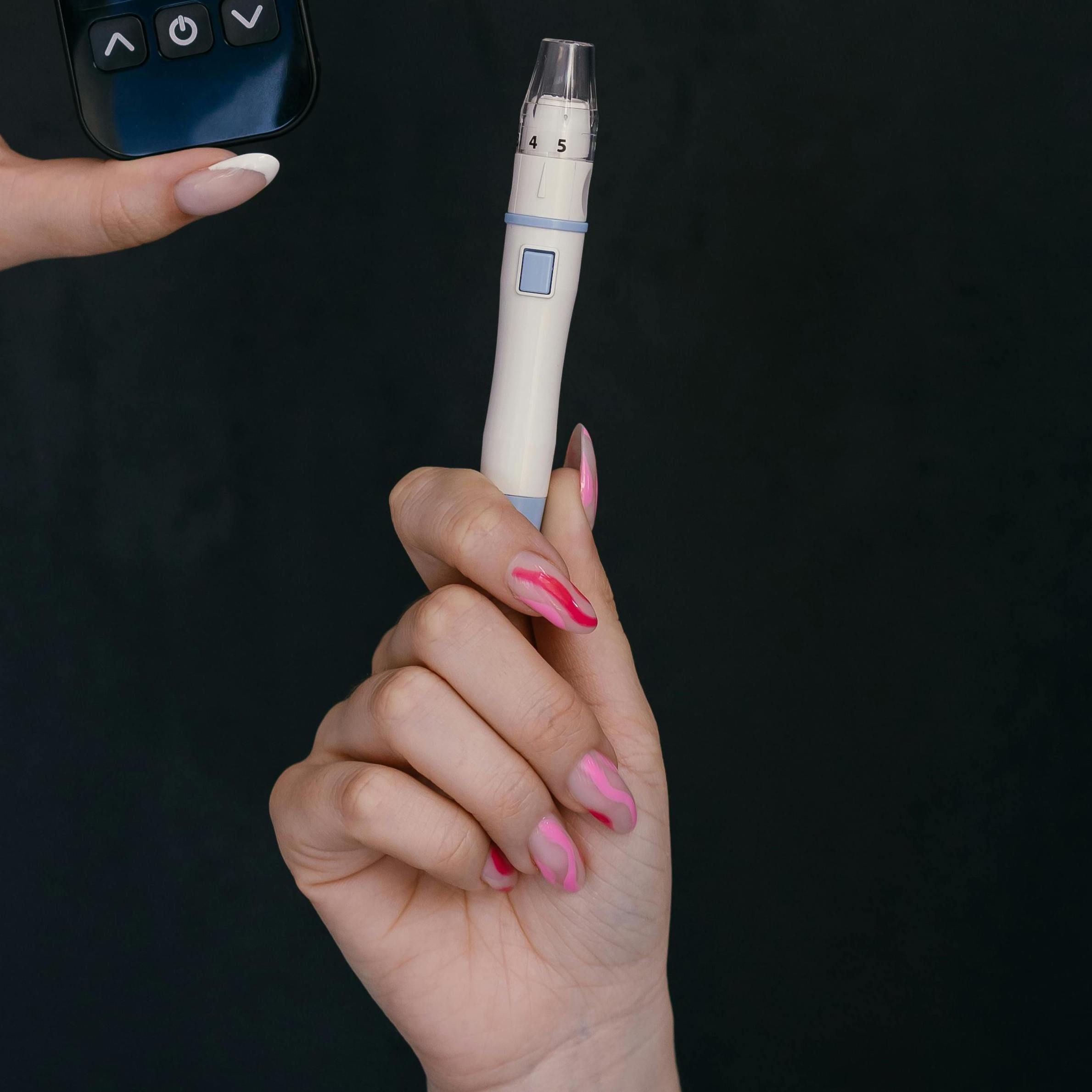Nasal Powder Could Provide Same Benefit as EpiPens
A study of epinephrine nasal powder formulations shows it may be as safe, if not more effective, than standard EpiPens.
By
Tim Smith
| Published on August 17, 2024
3 min read
Credit: Pexels / Mikhail Nilov

A new formulations of epinephrine that comes in a nasal powder may provide similar benefit to epinephrine auto-injectors (EpiPens) for patients suffering from allergy-induced anaphylaxis.
Research presented at the 2024 American Academy of Allergy, Asthma & Immunology (AAAAI) Annual Meeting in Washington, DC may help lead to an expansion of the currently limited options for patients with severe allergic reactions who seek a needle-free option for treatment.
“After more than 100 years of clinical use, a needle-free option for epinephrine finally seems to be within reach, thanks to new delivery technologies combined with efforts from regulatory agencies to find a scientifically sound development path,” lead author, Martin Jönsson, MSc Pharm, said in a statement at the time of the meeting. “The nasal amorphous powder technology we have developed provides both effective absorption and excellent stability that may benefit patients, ensuring that the drug is not degraded when carried and is still effective when needed”
Jönsson and colleagues conducted a study of 40 healthy volunteers, comparing the effects of a 0.3 mg EpiPen compared to four 1 mg formulations of nasal powder treatments.
Overall, the investigators reported the preservative-free nasal powders had maintained the stability necessary to provide epinephrine benefit in patients. Additionally, these formulations were shown to have less than one percent total degradation over the course of a year versus the 32% degradation rate of epinephrine auto-injectors.
The research team noted the swift absorption observed in their epinephrine powder formulations. They added that plasma levels which were comparable to auto-injectors had been observed within five to 10 minutes of use among the participants assessed in the study.
In their comparisons to auto-injectors, the investigators also found that peak and early baseline adjusted levels of exposure among those given the powder formulations also had comparable results to those of the auto-injectors, with a range from about 83 - 120%. They also noted that total exposure had been 30 - 60% higher for those treated with nasal powders.
Another aspect shown to have similar results to those of auto-injectors were hemodynamic effects, such as heart rate and blood pressure. The team did add, however, that there was slightly elevated blood pressure among powder users.
Jönsson and colleagues concluded that the nasal powder formulations of epinephrine had shown superior stabilities and had comparable plasma exposure to epinephrine auto-injectors. This may, they added, allow for an alternative treatment option for those experiencing anaphylaxis.
Should such a treatment option become available, it could face competition with the recently FDA-approved non-injectable epinephrine option ‘neffy.'
The investigators assessing the powder formulations noted that the current needle-based autoinjectors used for type one allergic reaction treatment have shortcomings that could potentially be addressed by powder formulations.
An original version of this article was published on sister site HCPLive.

